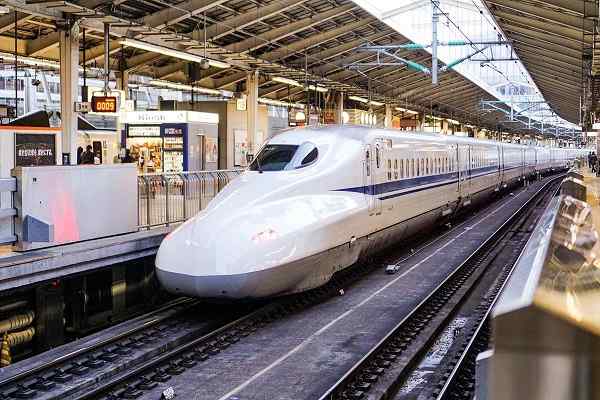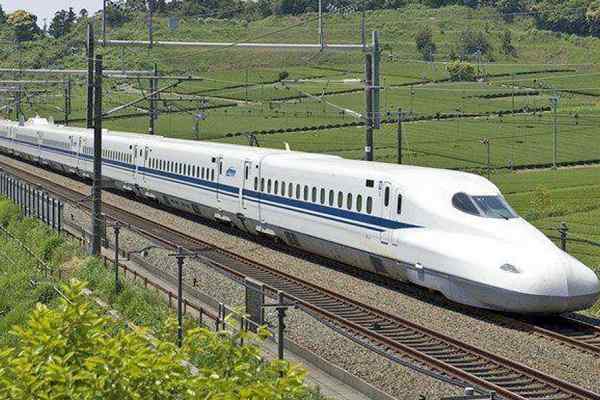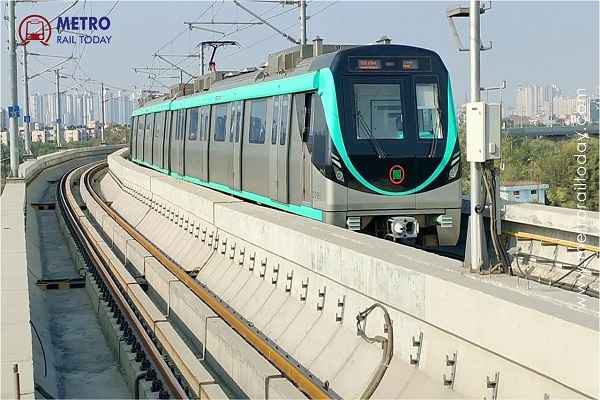 Ayesa India wins Design Consultancy Contract for Noida Metro Aqua Line Extension
Ayesa India wins Design Consultancy Contract for Noida Metro Aqua Line Extension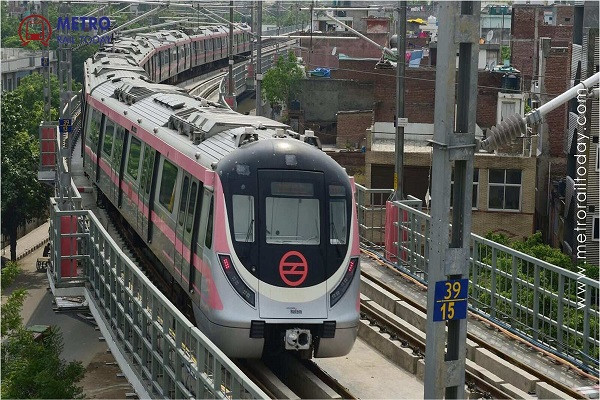 Vossloh Cogifer bags Track Infrastructure Contract for Delhi Metro Phase 4 Corridors
Vossloh Cogifer bags Track Infrastructure Contract for Delhi Metro Phase 4 Corridors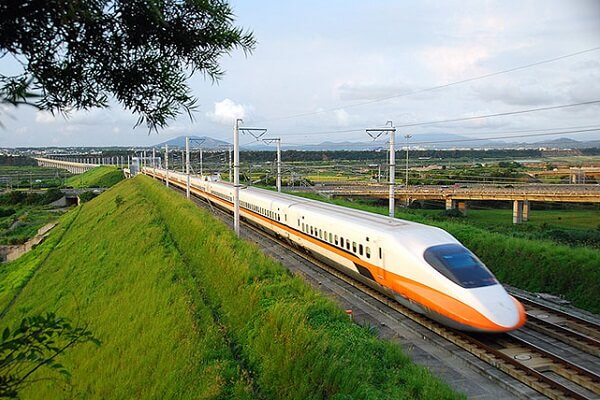 Railway finalised revised alignment for ₹16,000-crore Pune–Nashik Semi High-Speed Rail Corridor
Railway finalised revised alignment for ₹16,000-crore Pune–Nashik Semi High-Speed Rail Corridor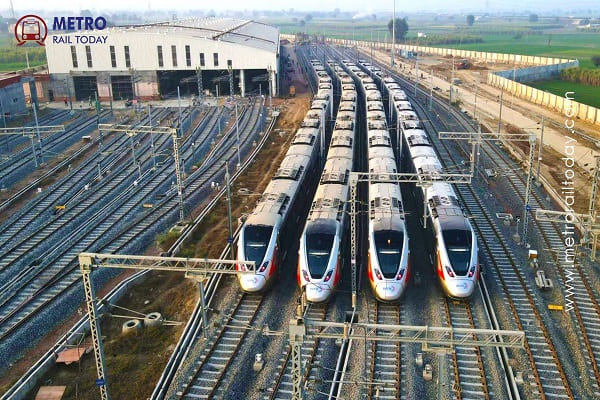 India’s First High-Speed, Signalling-Integrated CMV launched for Namo Bharat RRTS Corridor
India’s First High-Speed, Signalling-Integrated CMV launched for Namo Bharat RRTS Corridor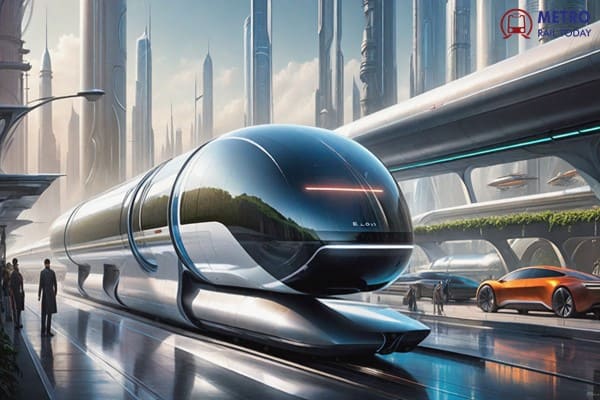 TuTr Hyperloop secures First-Ever Order from Deendayal Port Authority
TuTr Hyperloop secures First-Ever Order from Deendayal Port Authority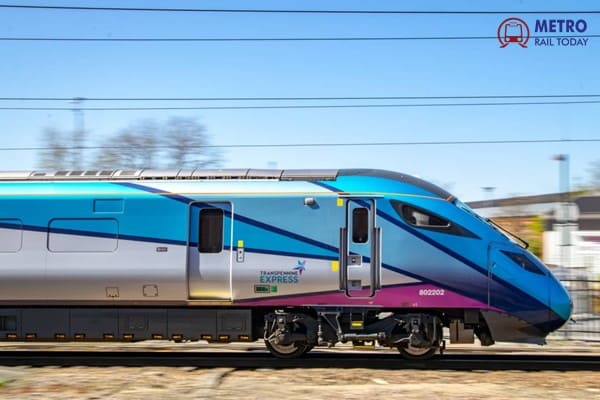 BEML bags ₹157 Crore Order from Loram Rail for Switch Rail Grinding Machines
BEML bags ₹157 Crore Order from Loram Rail for Switch Rail Grinding Machines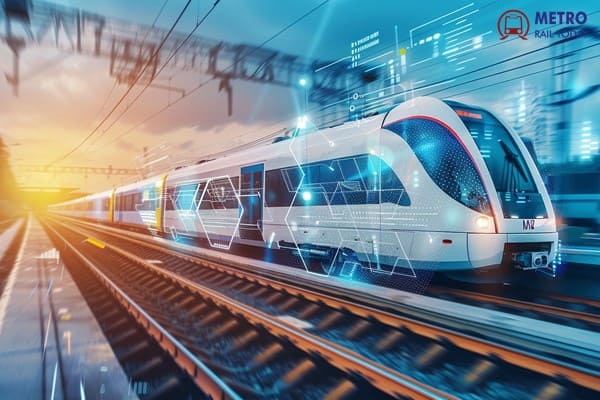 MxV Rail and KRRI forge Global Research Alliance to accelerate Next-Generation Rail Technologies
MxV Rail and KRRI forge Global Research Alliance to accelerate Next-Generation Rail Technologies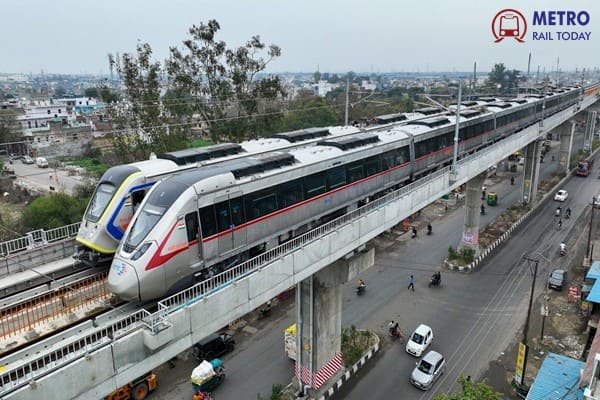 Uttarakhand seeks Pre-Feasibility Study for Meerut-Haridwar-Rishikesh RRTS Corridor
Uttarakhand seeks Pre-Feasibility Study for Meerut-Haridwar-Rishikesh RRTS Corridor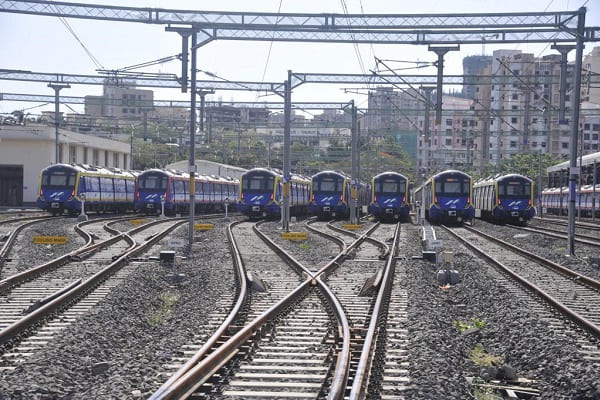 RIFTEK achieves major milestones in partnership with Indian Metro Rail Systems
RIFTEK achieves major milestones in partnership with Indian Metro Rail Systems Egypt all set to launch Alexandria Metro Phase 1 by 2026
Egypt all set to launch Alexandria Metro Phase 1 by 2026
Japan's Shinkansen: The Global Quest for High-Speed Rail Expansion Amidst Fierce Competition
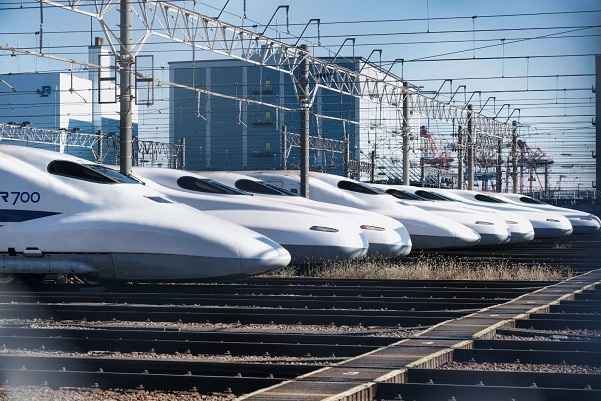
The Shinkansen, Japan's iconic bullet train system, turns 60 in 2025, a milestone that celebrates not only its extraordinary engineering and safety achievements but also its emblematic role in Japan's postwar economic miracle. Despite its enduring reputation as one of the most advanced rail technologies in the world, the Shinkansen’s international sales story has been a mixed journey, with only one successful export to Taiwan. As global demand for high-speed rail escalates, Japan finds itself facing stiff competition from European and Chinese systems that offer lower upfront costs and more flexibility.
The Shinkansen’s Enduring Legacy of Innovation
The Shinkansen is often described as a marvel of engineering, capable of achieving speeds over 320 kilometers per hour while maintaining a safety record that is unparalleled—zero fatalities since its inception in 1964. Yet, as many nations look to modernize their transport infrastructure with high-speed rail, Japan’s Shinkansen has struggled to replicate its domestic success abroad.
Unlike many European rail systems, such as France’s TGV, that use existing tracks and can be easily adapted to local conditions, the Shinkansen requires dedicated rail lines, custom-built stations, and specialized vehicles. This makes the upfront cost of adopting Shinkansen technology significantly higher than that of its competitors. However, Japan argues that the total life-cycle cost of the Shinkansen, considering its energy efficiency, long-term maintenance savings, and superior safety features, makes it a more cost-effective option in the long run.
High Costs, High Rewards: Japan’s Shinkansen vs. Europe and China
The initial expense of implementing a Shinkansen network is a major barrier for many countries. Dedicated tracks and specialized stations are not only expensive but also require significant land acquisition, a challenge in densely populated regions. This has put the Shinkansen at a disadvantage compared to high-speed rail systems from Europe and China, which often run on pre-existing rail infrastructure and offer more customizable, budget-friendly options.
"The upfront costs often become an issue," says Masafumi Shukuri, Chairman of the International High-speed Rail Association (IHRA), a group dedicated to promoting Japan's rail technology. "But what’s important is the life-cycle costs, which include lower maintenance and higher energy efficiency." Indeed, Shinkansen trains are lighter than many of their competitors, reducing wear and tear on infrastructure and lowering long-term maintenance costs.
Despite the higher initial costs, Shinkansen trains are energy-efficient, produce less track wear, and, most importantly, are safer. Japan’s zero-fatality record stands as a testament to the robustness of the technology. However, the complexity of the Shinkansen’s design means it is harder to adapt to markets that don’t have the infrastructure or resources to support its costly installation.
Missed Opportunities: The Struggle for International Market Share
The global competition for high-speed rail dominance is fierce. Japan’s high-speed rail diplomacy, especially under former Prime Minister Shinzo Abe, has led to some notable successes, such as the deal with India to develop a Shinkansen-based corridor connecting Mumbai and Ahmedabad. However, Japan has also faced significant setbacks.
In 2015, Indonesia made the surprising decision to partner with China for its own high-speed rail system, citing China’s willingness to shoulder the financial burden. Similarly, South Korea and Taiwan initially rejected Shinkansen proposals, opting for European designs before switching to Japan’s technology. These decisions underscore the challenges Japan faces in convincing potential customers that the Shinkansen offers superior value, despite its higher costs.
"We see high-speed rail as not just a transportation solution but a way to drive regional development, create jobs, and contribute to environmental goals," says Steve Joseph, Executive General Manager of Australia's High-Speed Rail Authority. Australia, where the first-ever high-speed rail service will soon connect Sydney and Newcastle, is another market where Japan is eager to expand its footprint.
Shifting Geopolitical Landscape and the Future of Shinkansen Exports
As Japan looks to the future, the global demand for high-speed rail is on the rise, driven by both technological advancements and the pressing need for sustainable, low-carbon transportation. Countries like the United States, Australia, and India have all expressed renewed interest in high-speed rail, potentially opening new doors for Shinkansen technology.
In the U.S., the Texas Central Railway, aiming to connect Dallas and Houston, has engaged with Japan’s Central Japan Railway Company (JR Central) for consulting services on its bullet train project. While the project is still in its early stages, the U.S. government has taken steps toward making high-speed rail a priority in President Joe Biden’s infrastructure agenda. With the global push toward decarbonization, the adoption of high-speed rail as a cleaner alternative to cars and planes is gaining momentum.
In Australia, Japan’s Shinkansen system is competing against other technologies for the nation's first high-speed rail project. The Australian government sees high-speed rail as a critical piece of its economic future, providing both transport and broader regional development benefits.
For Japan, these emerging markets represent a crucial opportunity to maintain the global relevance of the Shinkansen. With a shrinking domestic population and a declining domestic rail market, exports are seen as essential to the future of Shinkansen technology. "By expanding overseas, we can continue to improve and refine our technology, ensuring that future generations can enjoy the same safe, efficient service that has made Shinkansen famous," says Kentaro Takeuchi, Director at Central Japan Railway.
Japan’s Shinkansen: A Future Full of Possibilities
Despite the hurdles, the future of Japan’s Shinkansen technology remains bright. The system’s proven track record, coupled with its advanced safety features and long-term economic benefits, makes it a compelling choice for countries looking to invest in cutting-edge infrastructure. As the world’s transportation needs evolve, the Shinkansen’s ability to adapt to new markets and its ongoing commitment to innovation could see it break through the international barriers it has faced over the past six decades.
While the Shinkansen’s journey to global expansion has been slower than expected, the technology’s 60-year legacy is a testament to Japan’s leadership in high-speed rail. With projects in India, the U.S., and Australia gaining momentum, it may be only a matter of time before the Shinkansen becomes a fixture in the global transportation landscape, as nations worldwide seek faster, greener ways to connect their cities.
As the world moves toward greater sustainability and efficiency, Japan’s Shinkansen—embodying safety, technology, and long-term value—remains one of the most compelling solutions for the future of global high-speed rail.





